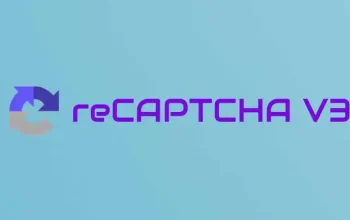The evolution of the digital transformation that rebuilt global systems in record time during covid-19 will continue to be disruptive, maturing and accelerating a process driven by the demands to adapt to new realities.
These advances are taking place in an environment where the near term is severely influenced by competitive pressures that have never been more urgent. These pressures threaten to erode organizational capacities to take a long-term vision, develop the capacity to lead, and prepare for the enormous challenges of the next decade; in this context, it will start to reassess the traditional limits of human-machine collaboration.
Technology Trends for 2024
Augmented Intelligence, harness your data: the ability of organizations to better understand the large volumes of open data available to them today has become an imperative, and Augmented Intelligence is a trend that has arrived to respond to this need.
The challenge is to combine the incorporation of advanced technology and expert human knowledge (Human-Centered vision). AI is presented as an ally in improving human cognitive capacity to reach more advanced levels of knowledge, as well as carry out more intelligent decision-making.
A matter of trust: digital trust has become an essential prerequisite for any business. Digital trust ecosystems should be built around security, identity, and authenticity based on the following pillars: risk management, security, identity, privacy, Intelligence, compliance, and resilience.
These represent a comprehensive and strategic framework essential to guarantee levels of trust, security, and privacy that allow the business to be more scalable and viable, enhancing the reputation and brand image and opening up opportunities to expand sources of income.
Disruption is modular: The potential of creating business architectures with a composable approach lies in the commitment to modular elements and processes that allow streamlining processes and integration innovation flows in specific teams and throughout the entire organizational structure.
It comprises three blocks: Composable thinking, composable architecture, and composable technology. The ability to develop a composable company is a transformational journey that requires a gestation process and a complete change of corporate and technological strategy; It is conceived as a new mentality and not only as a technological approach, launching a change management process that implies structural democratization.
Mastering Platforms Engineering: Platform engineering was born to simplify and improve the experience of developers during the process of creating applications and software programs. It is based on creating a team dedicated to implementing and providing self-service tools and benefits, reusable and capable of automation, to developers.
To do this, they use the IDPs (Internal Development Platforms), through which an intermediate layer is established that prevents developers from having to spend time and effort obtaining information about the operation of the software architecture for which they are working. Working on the project, they provide a roadmap for the developers’ work together with the most appropriate tools.
The rise of Fusion Teams: They are multidisciplinary teams that incorporate a combination of roles and professional profiles with technological, analytical, and commercial skills to work together in the development of solutions, products, and services.
They are characterized by their agile work philosophy based on continuously testing performance and incorporating feedback from the end user, responding more quickly and effectively to customer needs. The future of this trend involves implementing a work approach based on the principles of Human – Centered Design. This approach seeks to ensure that solutions are built from the start based on solving the end user’s needs from a usability perspective, as well as behavioral and emotional.
Applied AI, it’s time for the real world
Through Applied AI, we see how Artificial Intelligence ceases to be a theoretical field to solve specific problems and improve business processes with the arrival and expansion of Large Language Models, with ChatGPT to the head.
These tools can respond to natural language to complex queries, taking as a reference the information contained in large databases in a contextualized manner. This advance, together with the “make it simple” principle, low-code/no-code, is leading us towards a new business paradigm where AI technologies will stop being an innovation and become a commodity.
The key to the future lies in a close human-machine collaboration where applied AI transforms the approach to market challenges thanks to the careful planning of the human team.




